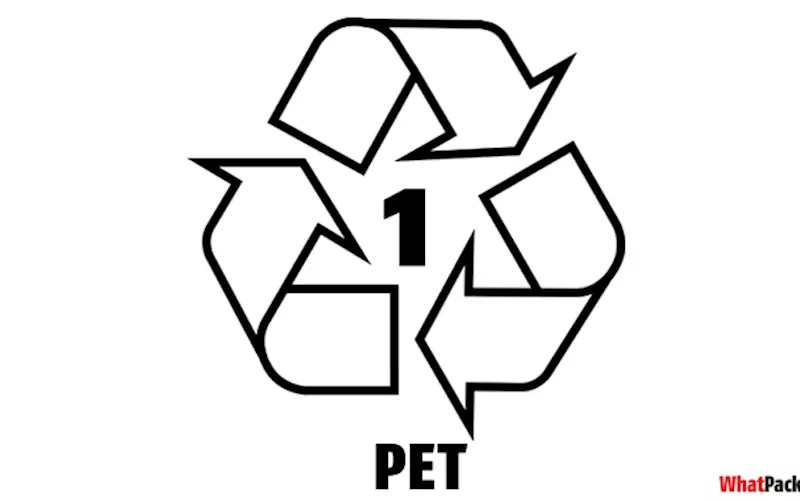PET bottle recycling is a Rs 3,500 crore industry
A report by the Pune-based National Chemical Laboratory said the PET bottle recycling has grown to become a Rs 3,500-crore industry.
31 Aug 2017 | By WhatPackaging? Team
Initiated by the Pet Packaging Association for Clean Environment (PACE), the scope of this project was to understand the PET recycling scenario in the country.
PC Joshi, general secretary, PACE, said, “We initiated this project in 2016, to develop a robust, ground-level understanding of how PET recycling happens in India and to document the findings through a website and a report
“The study has revealed that 70 per cent of PET waste in India is recycled. It also found that, of the 900-kilo tonnes of PET made in India annually, 65 per cent is recycled at registered facilities, 15 per cent in the unorganised sector and 10 per cent is reused at homes," Joshi said in a statement.
PET bottles have been manufactured for more than 42 years, all over the world. More than 300 million MT have been deployed globally. And more than 15 trillion bottles packed and consumed.
During the Plastics in Packaging conference organised by the Indian Institute of Packaging in Mumbai, earlier this year, Dr Vijay G Habbu, the senior vice president at Reliance Industries argued PET is the preferred packaging material for especially for the liquid pharma products.
“PET does not contain phthalates or EDCs. It does not contain Bisphenol A or other Carcinogens and Antimony leaching from PET bottles is much below the permissible limits. Leaching of lead (Pb) is nil, in contrast to finite quantities from glass bottles.”
Habbu stated, packaging is an inevitable part of our lives. And all items for example, electronic goods, food items, pharmaceuticals, books, clothes, letters require packaging.
1. Lead, Cadmium, Chromium, Arsenic, Mercury, etc. are not needed in the manufacture of PET resin or bottles. Habbu said, these heavy metals are counter-productive as they will affect the clarity of the PET bottles. Hence, they are not used
2. PET neither contains nor needs phthalates of any kind. And even though the word "phthalate" appears in the name polyethylene-terephthalate, PET does not use phthalates
3. Antimony leaching, if any, is well below the migration limits set by the governmental and regulatory bodies of the world. Habbu argued that antimony is used as a catalyst in PET resin manufacture but it is used in a very small level of < 300 ppm in PET resin. Furthermore, it is fixed in the polymer matrix.
Habbu stated that PET resins comply with Specific Migration Limit as per - BIS: 12252-1987 (2005); US FDA 21 CFR §177.1630; regulation (EU) 10/2011 on plastic materials and articles intended to come into contact with food.
4. Studies prove that even under abusive conditions, leaching of antimony from PET bottles is well below all permissible limits. Habbu stated, maximum migration levels in beverages at room temperature even after three years of storage will not exceed 2.5 ppb. He also mentioned that diffusion is difficult because of the large molecular size of Antimony Oxide and the highly crystalline nature of PET bottles.
5. Colorants used in Pharma PET bottles are compliant with FDA and other food regulations. He explained how PET conforms to one or more of the following regulations on colourants for food contact materials: US Federal Food, Drug, and Cosmetic Act; US Food and Drug Administration (FDA); and Council of Europe (CoE) Resolution AP (89) 1.
On the use of colourants in plastic materials coming into contact with food: EU regulation 10/2011 on plastic materials and articles intended to come into contact with food; and BIS 9833.
6. PET has a totally different chemistry than polycarbonate and is carcinogen-free.
7. Endocrine Disrupting Chemicals (EDCs) are not used, nor are generated by PET containers.
PET is completely recycled and has the lowest CFP compared to glass, aluminium and paper.
PET fibres and bottles are converted back into fibres (white); fibres (black or coloured); strappings; cushions, seats; upholstery / curtains; mattresses, pillows. Interestingly enough, amber PET bottles are shred and the flakes are used in making black fibres. While recycling of PET bottle flakes into textile products fetches higher premium than for making bottles.
At the moment 21 billion PET bottles are recycled every year. Even in India, there is an 80% PET recycling rate and more than 50 recyclers.











 See All
See All